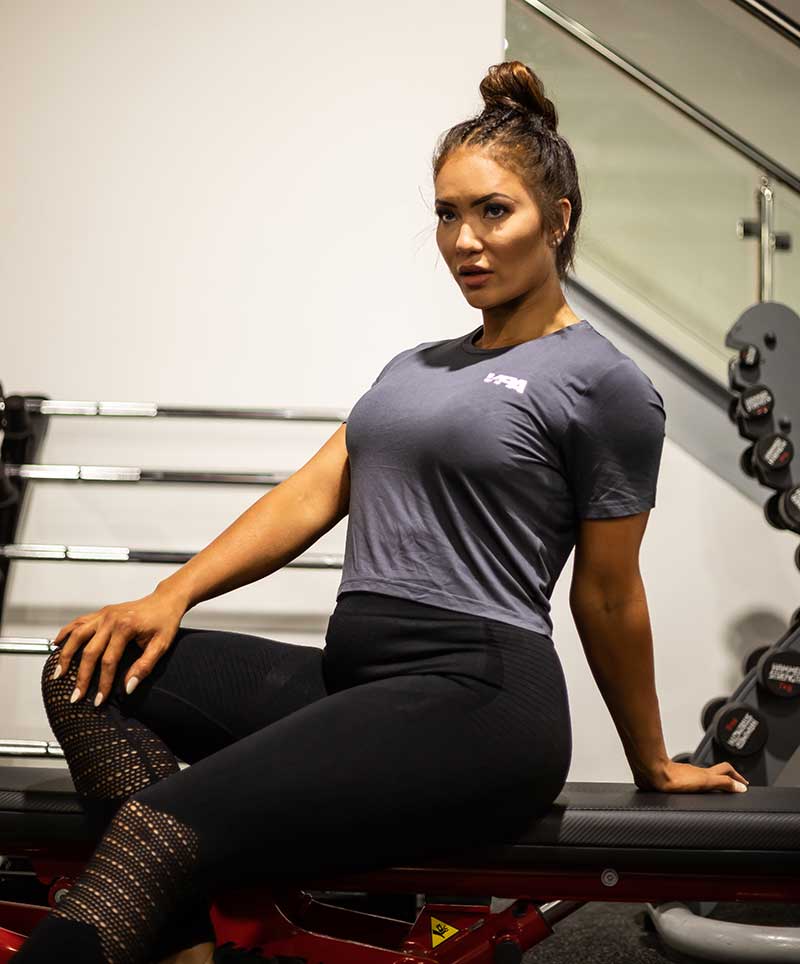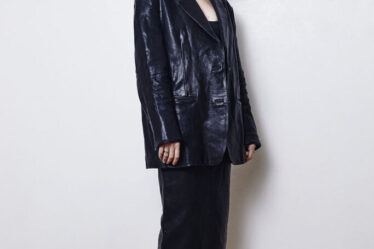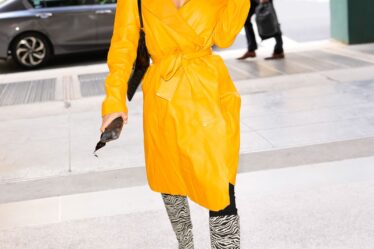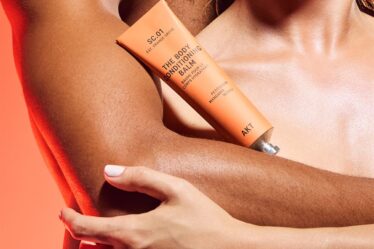
How often have you gone to the gym and felt like you were the only person dressed inappropriately? Have you ever been more concerned about fashion than exercising? I’m here to tell you that there are some times when fashion during exercise matters- for a good reason.
Clothes Can Make You Look and Feel Better
You may think that the clothes you wear during exercise don’t matter, but they do.
Wearing the wrong clothes can lead to chafing and irritation. The wrong shoes can cause blisters and foot pain. And the wrong bra can cause back pain and discomfort.
Clothes should fit properly and be comfortable to feel good when exercising. They should also allow your body to move freely and prevent injury.
In addition to clothing that fits well, you may want to invest in clothes that make you feel good. For example, if your workout clothes are brightly colored or made with moisture-wicking fabric, this could help boost your confidence when working out by making you feel attractive and stylish at the same time.
Clothes Can Determine Your Comfort Level
Cotton is great for casual wear, but it’s not ideal for running or other high-intensity workouts because it absorbs sweat and keeps it close to your skin, which can cause chafing and blisters. If you plan on working out hard, opt for synthetic fabrics that wick away moisture from your body and keep it cool while allowing air circulation. These fabrics tend to be lighter weight than natural fibers, so they won’t add unnecessary bulk or weigh down your workout gear bag. Examples include polyester blends or polyester/spandex blends with stretchy features such as Lycra or Spandex (also known as elastane). These materials keep things light by providing plenty of stretches.
Clothes Can Affect Your Ability to Sweat
Clothes can affect your ability to sweat and regulate body temperature, which means you could be putting yourself at risk of dehydration or overheating if you’re not wearing the right gear.
Here are some tips for dressing right during exercise:
Choose fabrics that allow air circulation. Clothes made with natural fibers like cotton allow air to circulate more easily than synthetic fabrics like nylon and polyester. When you wear cotton, it breathes more easily than other fabrics, allowing sweat to evaporate from your skin and keeping you dryer than if you were wearing synthetic materials.
Wear layers. Layers help your body regulate its temperature by trapping heat when it’s cold outside and releasing it when it gets too warm. For example, wearing a base layer next to your skin will trap heat so that when you start working out, your body doesn’t have to work as hard to keep itself warm. As you start getting warm during exercise, remove a layer or two until you find a balance between being comfortable and being too hot.
Clothes Can Help Protect Your Skin
When you’re exercising, you want to look good and feel confident. But what about your skin? Does what you wear make a difference?
The short answer is yes! Clothes can help protect your skin from the sun’s harmful rays and also from sweat that can lead to rashes, irritation and more.
There are three main reasons why it’s important to wear the right clothing when exercising:
Sun protection: UV rays can cause sunburns and other skin damage, including wrinkles and age spots. Clothing helps prevent overexposure to UV light because it blocks out some of that radiation. The more fabric in between your skin and the sun, the better. You’ll still see a little bit through thinner fabrics like cotton T-shirts, but this is why fabrics like nylon or polyester are better at blocking UV rays than cotton ones. This is especially important for people with fair skin who burn easily — even if you don’t burn easily now, there is no guarantee that won’t change as you get older!
What to Wear When You Work Out
When heading to the gym or hitting the pavement for a run, there are three main factors to consider when choosing what to wear: comfort, breathability and durability.
Comfort: To be comfortable during an intense workout, you need clothing that’s free of irritating seams or tags and loose enough so that it doesn’t restrict your range of motion.
Breathability: When your body heats up from exercise, it produces sweat — which means you’ll want clothes that can help keep your skin dry. Breathable fabrics like cotton allow moisture from sweat to evaporate from the surface of your skin into the air around you.
Durability: Your workout clothes shouldn’t tear easily or wear out after just a few washes. It’s also important that they don’t fade after repeated exposure to UV light from indoor tanning beds and sunlight outdoors.
The bottom line is that you should wear clothes that help you move well and feel comfortable. Don’t let the latest sneaker trends or celebrity endorsements dictate your workout wardrobe. Instead, take time to learn about different varieties of material (synthetic, natural, etc.) and how they fit your needs when exercising. And make sure to try on a variety of clothing, especially sneakers, before purchasing—you never know how a design might affect your movement until you’ve tried it out for yourself!



